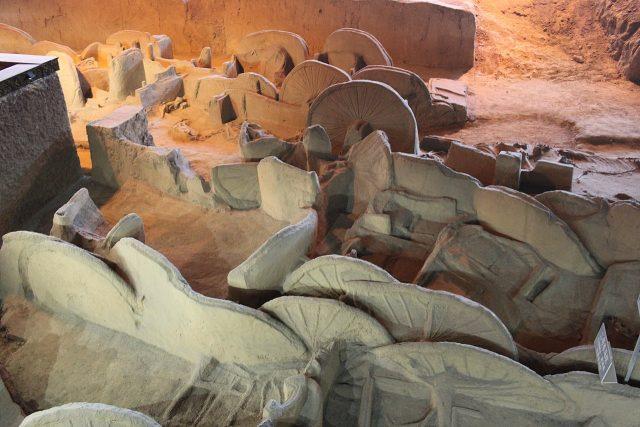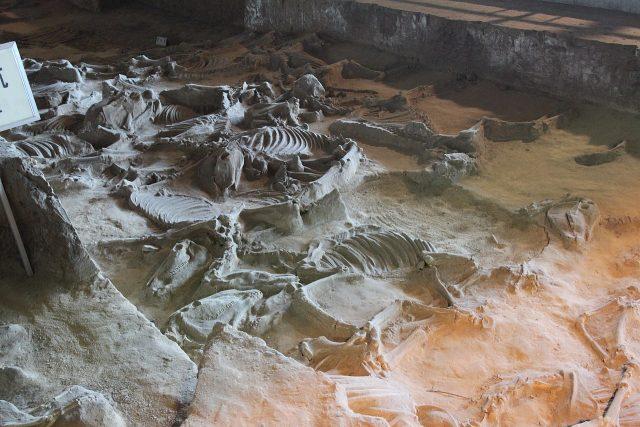Studying the skull of an emperor entombed with 600 steeds revealed a terrible sacrificial procedure.Researchers discovered a herd of horses unexpectedly buried in a different region adjacent to the tomb of Qi Jinggong. Initially, 145 horses were located in a 215-meter-long pit to the north. In 2005, researchers discovered hundreds more exposed horse skeletons to the east and west.Archaeologists think that just a portion of the herd of horses buried under Qi Canh Cong, or around 600 horses, has been unearthed to yet.

It is established that these horses were sacrificed by their owners. They were offered booze before being brutally murdered. Archaeologists studied the remains and discovered that their skulls had been broken, indicating that they were slain with blunt instruments.
The horse skeletons then appear to have been positioned in action stances, as if they were about to charge into combat.

Horses played a vital role in ancient Chinese society, in addition to being Qi Jinggong’s personal pastime. The horse is seen as a measure of a nation’s military power and is employed in agricultural output.









